On July 31st 2025, the European financial reporting advisory group (EFRAG) published its Revised European Sustainability Reporting Standards (ESRS) Exposure Drafts and opened a consultation. Following the mandate given by the European Commission, the body proposes a massive reduction in the information contained in the ESRS, with a full set of disclosures including 68% less data points than the current version. This reduces comparability and data quality in corporate sustainability reporting – through much lower granularity and the disappearance of voluntary data points – but still includes minimum data points needed to understand the sustainability impact and risk of companies. Yet, the proposal also introduces major changes in how companies assess whether and how they report on remaining data points that would further reduce the scope and relevance of reporting and should not remain in the final recommendations. Furthermore, the proposed standard remains not adapted to financial institutions, with improvements needed on target setting and support to fossil fuels.
A maximum data point reduction
In total, mandatory datapoints – that must be reported if they are deemed material – have been cut by 57%, and the full set of disclosures reduced by 68%. EFRAG indicates the overall length of the standards has been shortened by over 55%. All voluntary data points were removed.
This reduction will significantly limit comparability between disclosures, through much lower granularity and less comparable reporting practices. It will also likely reduce data quality, as companies have much less guidance on what exactly to report and how. Yet, it largely preserves the essential datapoints related to EU objectives and necessary to understand impact and risk at company level. However, any further reduction in data points – and notably those necessary to reach the 80% reduction previously announced by the European Commission – would directly clash with these goals.
If EFRAG is bound by the Commission’s mandate to propose such massive reductions, it could also go further in providing non-binding guidance to companies on their reporting, thus contributing to limiting the loss in data granularity and quality. The new “Non-Mandatory Illustrative Guidance” (NIMG) could play this role, but it currently only serves as a form of additional guidance that marginally elaborates on the application requirements (ARs) of the ESRS. It does not fully reflect elements that were previously featured through voluntary data points, and it does not provide elements on best practices in reporting. EFRAG is working on a constrained timeline but could plan future updates to the NIMG to address these points.
Additionally, we note that datapoints on transition plans are critically insufficient to cover all the needed aspects of transition planning and enable a robust assessment of published plans. Further EU guidance will be essential to better define the expected content of the plans and avoid massive greenwashing.
Problematic “reliefs” to be removed from the final proposal
EFRAG introduces a series of “reliefs” aimed at giving companies more flexibility and reducing the alleged burden of reporting. They enable companies not to report certain information, to report only partial information or to report using alternative sources providing certain conditions are met. The individual impact of each relief may be limited, but their cumulative impact is likely to significantly increase the differences between reporting practices while reducing their overall quality. Furthermore, they add new steps in the reporting process that are largely incoherent with the goal of the ESRS and could even add complexity to the reporting process.
Some proposed reliefs are especially problematic:
- The relief “undue cost or effort” is a major change that adds a new filter to how companies determine which information to report. While the materiality assessment deals with sustainability impact and risk, this additional filter focuses solely on the burden of reporting for the company. Concretely, companies could avoid reporting on material information because they consider it too costly or complicated. This is clearly incoherent with the spirit of the ESRS, conflicts with the clarification of the materiality assessment process, and is a potential source of misreporting.
- The relief that enables indefinite and unconditional exclusion of data from joint operations where the entity lacks “operational control” could significantly impact the quality and scope of reporting. Lack of operational control is not a sound argument to reduce reporting obligations as companies can most often obtain data through financial control or influence over their operator.
- The anticipated financial effects are essential to understand if and how a company is prepared to transition and/or face related risks. The proposed relief on anticipated financial effects would contribute to maintaining a limited integration of sustainability risk in financial planning, and therefore to increasing systemic risks. It will always be challenging to quantify the financial effects, many uncertainties will always remain, but this does mean that this data is not relevant and that companies can be exempted from providing it.
- The relief granting the possibility to increasingly rely on estimates instead of direct data should be assessed carefully. It is likely to contribute to reducing data gathering by companies and related demands along their supply chains. If this could reduce the work necessary to carry out ESRS compliant reporting, it therefore also reduces its potential positive impact and the accuracy of reported data. The gathering of direct data should remain the preferred option.
A precautionary approach to reporting on all negative impacts
The proposal clarifies the use of double materiality and how it should be applied to companies. The materiality of potential impacts would now explicitly be considered depending on the scale and likelihood of this impact. If this approach is sensible, it could have unintended consequences for some negative impact. Indeed, highly negative impacts could be ignored if they are deemed unlikely by the company.
EFRAG somewhat acknowledges this eventuality by stating that for potential human rights impact, scale takes precedent over their likelihood. Yet, this precautionary approach should be extended to other potential negative impacts, including when it comes to climate mitigation, pollution prevention and biodiversity preservation. Namely, all potential negative impacts should immediately be considered material and reported if they reach a certain scale.
The need for some adaptations for financial institutions
As the development of sectoral ESRS has been abandoned, the generic standard should integrate some clarifications and precision to consider the specificities of the financial sector. This has not been done to a sufficient extent in the current proposal and the proposed adjustments regarding target setting will not help grasp the impacts and risks for the sector.
Indeed, Reclaim Finance’s analysis of decarbonization targets in the banking sector showed that current methodologies for financed emissions – mostly based on the PCAF standard – are largely inadequate, insofar as they are not related to real emissions and not likely to induce change in the real economy. One of the key problems with the PCAF methodology is the use of an attribution factor that leads to financed emissions volumes evolving due to changes in the value of companies, and not of their GHG emissions. This problem is somewhat acknowledged by PCAF and its own users. Yet, other metrics available do not reproduce this issue and are more directly linked to real-economy practices and emissions. EFRAG should take this into account and require financial institutions to report on:
- Sectoral physical intensity targets (“weighted average physical intensity” or WAPI) for all sectors except the fossil fuel sector.
- Targets to reduce the volume of financing to the sector and/or absolute emission targets that do not rely on attribution factors (i.e. directly aggregating absolute emissions of all financed companies) for the fossil fuel sector.
Other examples of essential but inadequate requirements are the disclosures on Capex in coal, oil and gas and “non-renewable energy production and renewable energy production”. Financial institutions’ support to fossil fuels and energy comes through different types of financial services (lending, bond underwriting, insurance coverage, financial advice…) and is not covered by mere Capex disclosures. EFRAG should clarify that financial institutions shall report on:
- their financial services to fossil fuels and disaggregate this reporting by types of financial services and by fossil fuel and; specifically on financial services to new coal, oil and gas projects and to the companies that develop them;
- their financial services to the development of renewable and non-renewable energy, disaggregated by energy, and the overall electricity mix financed;
- an energy supply ratio (as per the Institut Louis Bachelier’s methodology).
The EFRAG ESRS proposal represents the maximum level of reduction possible without directly impairing the objectives of the EU Green Deal. It can serve as a compromise between the conservative push to simplify the standard and the need to preserve its usefulness. Yet, to do so it must abandon certain very problematic “reliefs”. It must also better integrate the specificities of financial institutions, especially key datapoints related to investment in fossil fuels and to decarbonization targets and strategies.



